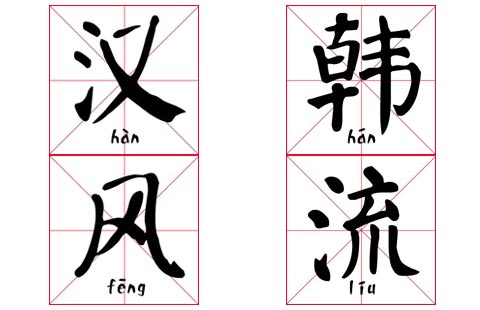Triple play in reshaping Chinese painting
By Lin Qi ( China Daily ) Updated: 2014-08-26 07:16:00
 |
|
Red Lotus (1951) by Qi Baishi. Photo provided to China Daily |
 |
| Danish artist creates unique paper art |
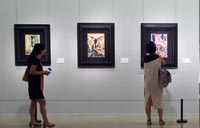 |
| Oil exhibit captures social background |
Wu loved the plum the most, which he described as his bosom friend. He also liked painting stones with bold and raw lines to present a rustic touch. He found the vitality of painting through his studies of the epigraph art from ancient times.
"He seldom painted peonies. Instead he portrayed many pine trees, bamboos and plum blossoms, the 'three friends of the winter', which recurred in the traditional Chinese painting to symbolize integrity and resilience," says Deng Feng, a specialist in modern Chinese painting at NAMOC. "It shows Wu's typical characteristics of a conventional scholar, though he lived at the turn of the late 19th century, when his country started to modernize."
The school first became popular in Shanghai and the southern region in the Yangtze River's lower reaches, through the practice of Wu's students. Among them, Pan Tianshou was undoubtedly outstanding.
Wu once said Pan "was most like me and yet went away from me the farthest".
"Pan successfully encapsulated the essence of Wu's style. While later, he realized it would be a dead end to simply repeat his teacher's brushwork techniques and signature subjects. He managed to get rid of Wu's influence and established his own vocabulary of painting," Deng says.
|
|
|
|
|
|
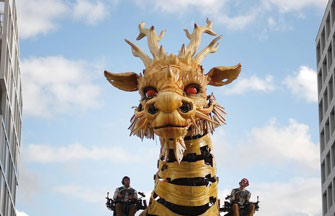
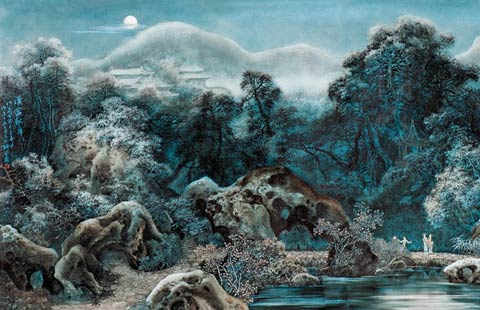



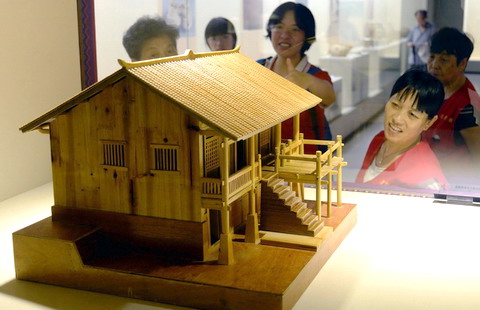
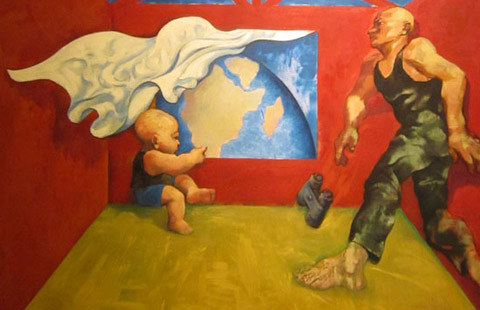
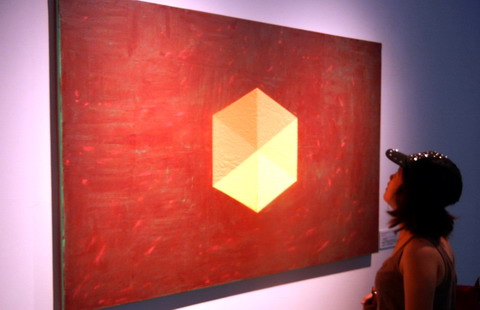

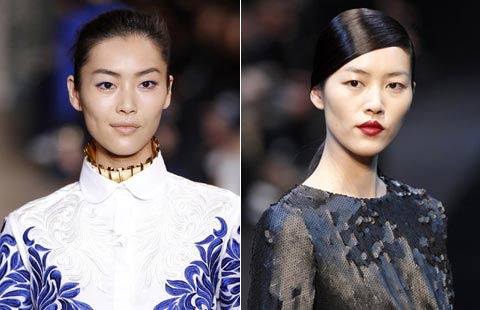



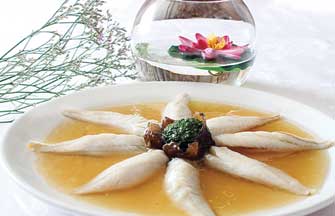

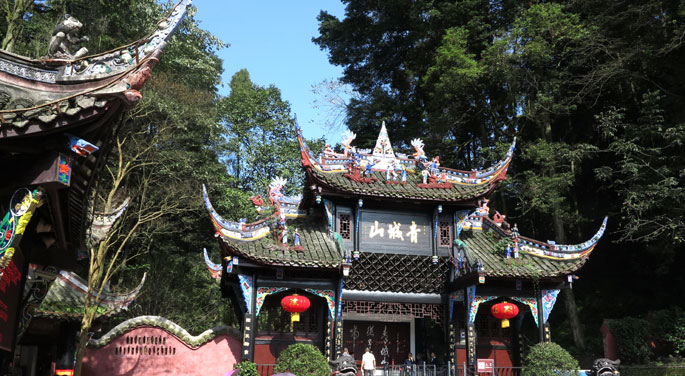
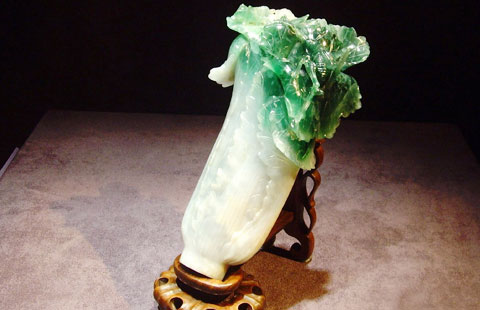

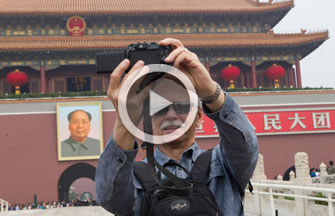
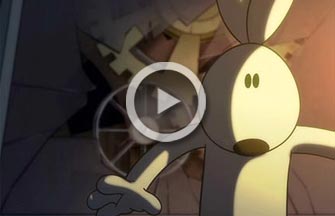
 Raymond Zhou:
Raymond Zhou: Pauline D Loh:
Pauline D Loh: Hot Pot
Hot Pot Eco China
Eco China China Dream
China Dream China Face
China Face





